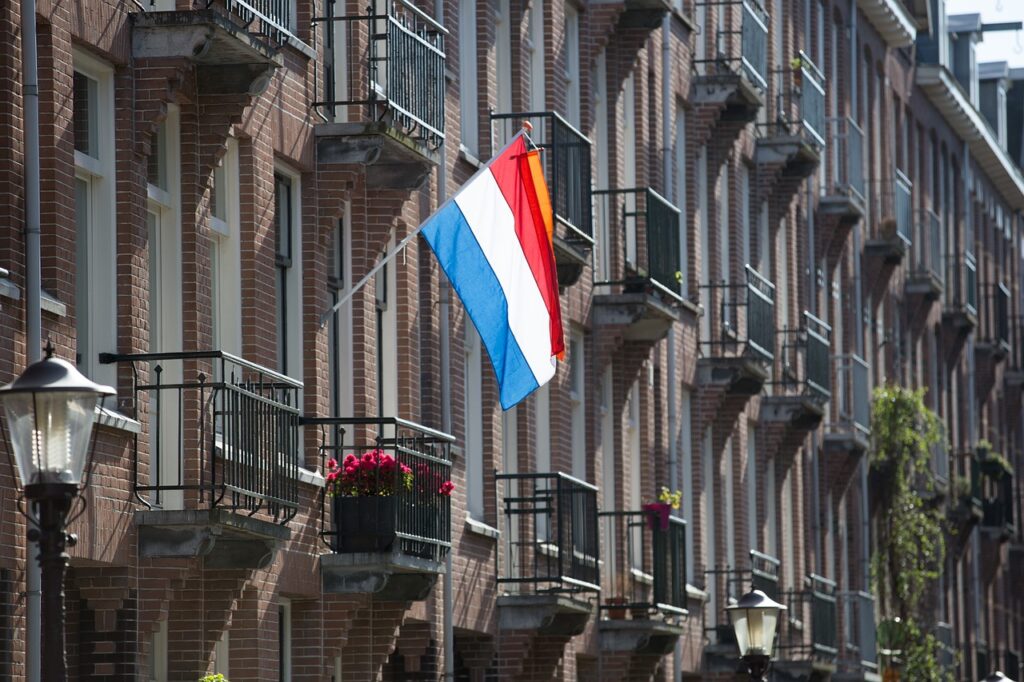The Dutch government is set to launch a €1 billion ($1.1 billion) subsidy auction in October, aimed at accelerating green hydrogen projects.
This initiative will provide financial support for both investment and operational costs, marking a significant push towards renewable hydrogen production in the Netherlands.
One of the key aspects of this subsidy scheme is the limitation that a single project can only receive up to 50% of the total budget, amounting to nearly €500 million. While this is a substantial amount, the restriction may limit the effectiveness of larger projects that require more significant financial support to become viable. By capping the subsidy, the government risks spreading its resources too thin, potentially diluting the impact of this ambitious initiative.
Bidders for the subsidy will be ranked based on a euro-per-megawatt basis, a method that prioritizes cost efficiency. While this competitive approach may drive down costs, it could also encourage underbidding, where companies may sacrifice quality or long-term sustainability for short-term financial gains. The emphasis on cost could overshadow other critical factors such as innovation, scalability, and the actual environmental impact of the projects.
The subsidy is designed to cover both investment costs and operational expenses for five to ten years, addressing the cost disparity between green hydrogen and its more polluting counterpart, grey hydrogen. However, the requirement for projects to be fully renewable and the exclusion of projects that have already received other subsidies may limit the number of eligible applicants. Additionally, the stipulation that facilities must have a nominal electrical input power of at least 0.5 megawatts could exclude smaller, potentially innovative projects that do not meet this threshold.
The subsidy allows for facilities to be connected to the electricity grid or directly linked to renewable energy sources like wind or solar plants. However, the scheme does not seem to incentivize the development of new infrastructure that could better integrate hydrogen production with existing energy systems. By not addressing the broader need for infrastructure development, the subsidy may fall short of fostering a more comprehensive green hydrogen ecosystem in the Netherlands.
